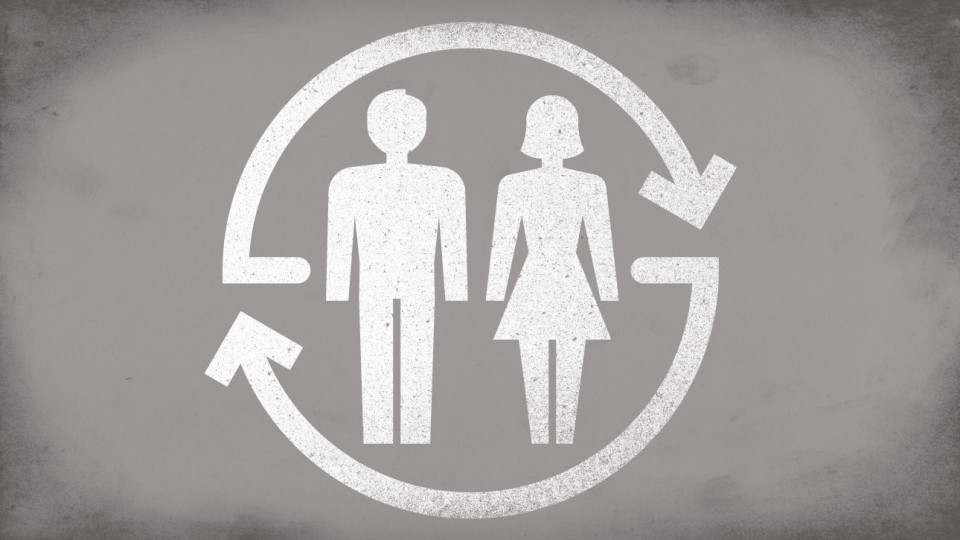What happens after you’ve had your bits chopped off and decide that, actually, you were much happier with your biological sex?
Oops, I guess you’d like reverse gender reassignment surgery, but what does that look like? It sounds pretty ugly – bumpy scars and a patchwork quilt come to mind – and do your reconstructed bits work the same as before?
“Hundreds of young transgender people are seeking help to return to their original sex, a woman who is setting up a charity has told Sky News.”
Sky News
Eight years ago “Ruby” began transitioning from female to male using hormone therapy but luckily, prior to having her breasts surgically removed, she experienced an epiphany.
“I didn’t think any change was going to be enough in the end and I thought it was better to work on changing how I felt about myself, than changing my body,” says Ruby.
You don’t say, Ruby. It’s a great pity that it took you eight years to come to your senses and realise, that discontent with your biological sex was actually a mental aberration. It’s alarming that health professionals were no help whatsoever in helping you to arrive at your common sense destination.
“Ruby” has since been contacted by hundreds of transsexuals admitting to making the same mistake. The health system failed them and many more young people who are now de-transitioning.
Gender dysphoria is classified by the World Health Organisation as a “marked and persistent incongruence between a person’s experienced gender and assigned sex”, a convoluted way of saying that WHO regard transgenderism as “normal” behaviour.
Until May this year, WHO treated gender dysphoria as a mental and behavioural disorder and made the recent change to “reduce the stigma”.
“A World Health Organization expert said it now understands transgender is ‘not actually a mental health condition‘.”
BBC
But WHO was wrong to abandon their original diagnosis, and “Ruby” explains why, when she talks about her eating disorder.
“When I was at my gender clinic to get referred for hormones, we had a session where I went over my mental health issues and I told them about my eating disorder and they didn’t suggest that that could maybe connected with my gender dysphoria,” says Ruby.
Eating disorders often accompany psychosis, though not always at the same time, giving us zero confidence in the treatment provided for gender dysphoria in impressionable children as young as three or four years old. A common-sense counselling approach would be better accessed from someone a couple of generations older.
Modern medicine has delivered a problem best described by “Ruby”.
“I’m in communication with 19 and 20-year-olds who have had full gender reassignment surgery who wish they hadn’t, and their dysphoria hasn’t been relieved, they don’t feel better for it,” she says.
They don’t know what their options are now.

